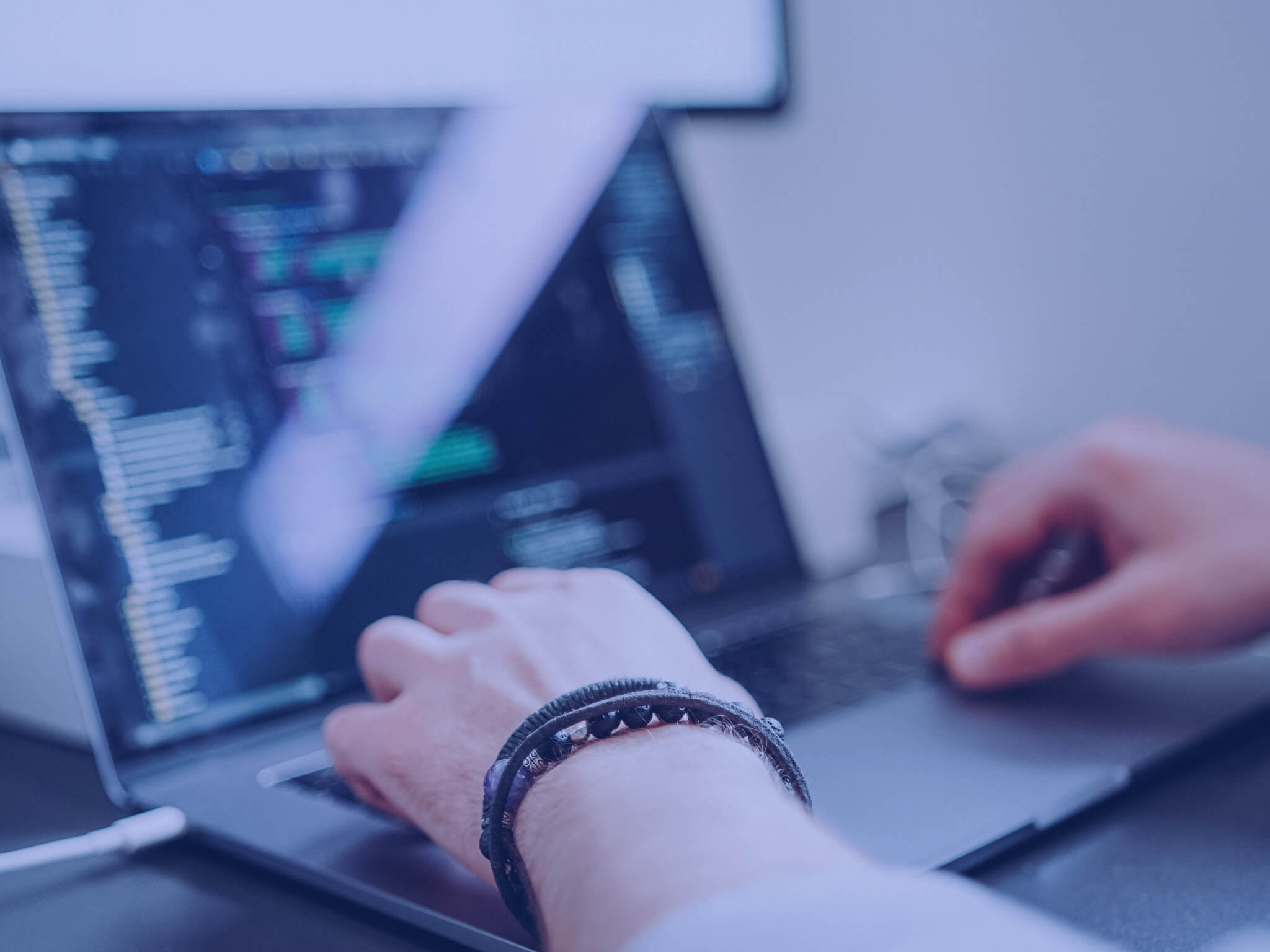

You can't manage what you don't know. This is especially true in the world of software asset management (SAM). Without a comprehensive and accurate inventory of your software products, you can't make well-informed decisions regarding your company's IT investments.
As companies speed up their digital transformation processes, IT departments and enterprises need to effectively manage their software applications. Management of applications and subscription services plays a big part in an enterprise’s efficiency and development.
Definition of Software Asset Management
Software Asset Management (SAM) is a set of business processes that provides a system for the effective management and protection of software assets in organizations throughout all phases of their lifecycle. Gartner defines Software Asset Management as “the process for making software acquisition and disposal decisions. It includes strategies that identify and eliminate unused or infrequently used software, consolidating software licenses or moving toward new licensing models.” The organization of software applications specifically helps manage expenditures and makes IT less vulnerable to cyber-attacks.
Software Asset Management is a framework that brings people, processes and technology together to control and optimize software usage in your organization. SAM is also known as Software Inventory Management.
What are Examples of Software Assets?
- Operating systems such as Windows and macOS
- Programs and applications such as Microsoft Office and Adobe Photoshop
- Mobile applications such as iOS and Android
- Cloud services such as AWS and Google Cloud Platform
- On-premise applications
- Security software such as antivirus and firewall programs
- Software licenses
- Database programs
What is Software Asset Inventory?
Software Asset Inventory is a list that provides tracking, management and evaluation of software assets purchased by the enterprise. It is a powerful tool that enables the organization to manage the processes involved in acquiring, deploying, utilizing, maintaining and disposing of its software assets. This is not only useful for tracking purposes but also for planning future purchases.
A software asset inventory is used to gain an understanding of what software is actually deployed versus what is being purchased by the enterprise. This can help identify areas where money is being wasted or where additional licensing or support contracts may be required.
The inventory should include details such as:
- Identification of software used
- Location of end-users
- License terms (including those relating to distribution)
- Version
- The number of licenses purchased
- The number of installations and installations per machine
- Contractual status of each software asset
Why Software Asset Management is Important?
Software Asset Management optimizes software investments. SAM aims at controlling, managing and measuring the security of software assets (on-premise and cloud) throughout their lifecycle. Why does this matter? Because a good amount of IT spending goes to unused software assets.
Optimizing software assets throughout their lifecycle helps to effectively choose which assets fit an enterprise’s needs. Having a transparent overview of your software inventory helps you make informed decisions about how to manage your IT budget.
Software Asset Management Lifecycle
The SAM lifecycle typically consists of the following phases:
- Discovery: Organizations identify what software is installed and in use, and catalog it in a software inventory.
- Normalization: The software inventory is validated and standardized.
- Analysis: Examining the software components and their usage.
- Evaluation: Developing an understanding of the current software usage and cost.
- Compliance: Organizations ensure the software is used per their license agreements.
- Re-harvesting: The software inventory is periodically re-evaluated to ensure that it is up-to-date.
- Optimization: Organizations analyze the software inventory to identify opportunities to optimize their licensing and reduce costs.
- Governance: Organizations define and enforce processes and policies around software asset management.
- Disposal of Software Applications
What are The Benefits of Software Asset Management (SAM)?
- Cost Savings: SAM Program helps organizations save money by reducing costs associated with software licensing and procurement. By tracking software licenses and usage, organizations can ensure they are purchasing only the licenses they need, and not paying for unnecessary software or licenses.
- Compliance: SAM Program helps organizations ensure compliance with relevant laws and regulations. By tracking software licenses and usage, organizations can ensure that they are in compliance with the terms of their software license agreements.
- Visibility: SAM Program provides visibility into the software assets of an organization. This visibility helps organizations identify potential areas of risk, such as outdated software, unlicensed software, or software that is no longer supported.
- Security: SAM Program helps organizations stay on top of software security issues and vulnerabilities. By tracking software versions and patches, organizations can ensure that their software is always up-to-date and secure.
- Effective Negotiation with Vendors: To effectively negotiate with software vendors, businesses need to be aware of their software usage and spending. This helps them take matters in their own hands when they negotiate on contract renewals with vendors, leading to better deals and conditions.
- Streamlined Processes: Software asset management can help streamline processes such as license procurement, installation and deployment, and software patching and updates. This helps to reduce manual effort and improve efficiency.
What is Software Audit?
A software audit is an analysis of a computer system or network to assess the compliance of installed software with the software license agreement. It is used to identify any unlicensed software in use, potential areas of non-compliance, and identify how to bring the system back into compliance. It can also be used to verify that the software has all the necessary licenses and is running the most current version of the software.
A software audit is a critical process for assessing the effectiveness and efficiency of software applications and systems. It is essential for organizations to ensure that their software is up-to-date, secure, reliable, and compliant with industry regulations. A software audit also provides insight into the areas of improvement, which can help organizations optimize their software performance and identify potential risks. Furthermore, a software audit can help organizations save time and money by eliminating redundant applications and improving the overall system performance.
What is Hardware and Software Asset Management?
Software and hardware asset management are the most important components of IT asset management. This is because they're responsible for making sure that all of your organization's assets — from physical hardware to software licenses — are accounted for. They go hand in hand, ensuring that all hardware and software assets are properly inventoried and maintained.
Hardware asset management identifies, tracks and manages all hardware assets throughout their entire lifecycle. It starts with the acquisition of physical assets, such as servers and printers. Hardware assets are then inventoried and tracked by serial number, location, owner, status and more. The main goal of hardware asset management is to optimize the use of assets across an organization. Hardware assets are physical items, such as servers, routers, printers, PCs, laptops and tablets. Software assets are the software programs installed on these devices. Examples of software assets include Microsoft Windows Server, Microsoft Office and Adobe Photoshop.
Hardware asset management is primarily concerned with the tracking and management of physical items — from computers to routers to keyboards. It requires IT teams to keep accurate records of hardware assets in their organization such as serial numbers and maintenance history...
SAM is also all about tracking the licenses and contracts associated with each piece of software in your organization. It’s a critical part of IT asset management because it helps organizations maintain compliance with their vendors’ licensing agreements. These agreements can have strict requirements that dictate how many licenses an organization can own and how they can use them...
Software Asset Management Tool
While Software Asset Management processes were managed through excel in the past, the need for digital solutions has increased due to the growth of technology inventories of enterprises. Because spreadsheets are not a suitable solution for managing large numbers of software and for real-time application tracking. Software Asset Management tool is a solution that enables businesses to perform all SAM processes on a single platform.
Providing solutions within the scope of IT Asset Management, Loggle offers application portfolio management, software asset management, SaaS management hardware inventory management, integration inventory management and IT cost management solutions.
Subscribe to our newsletter for IT Asset Management, APM, SAM and much more!




